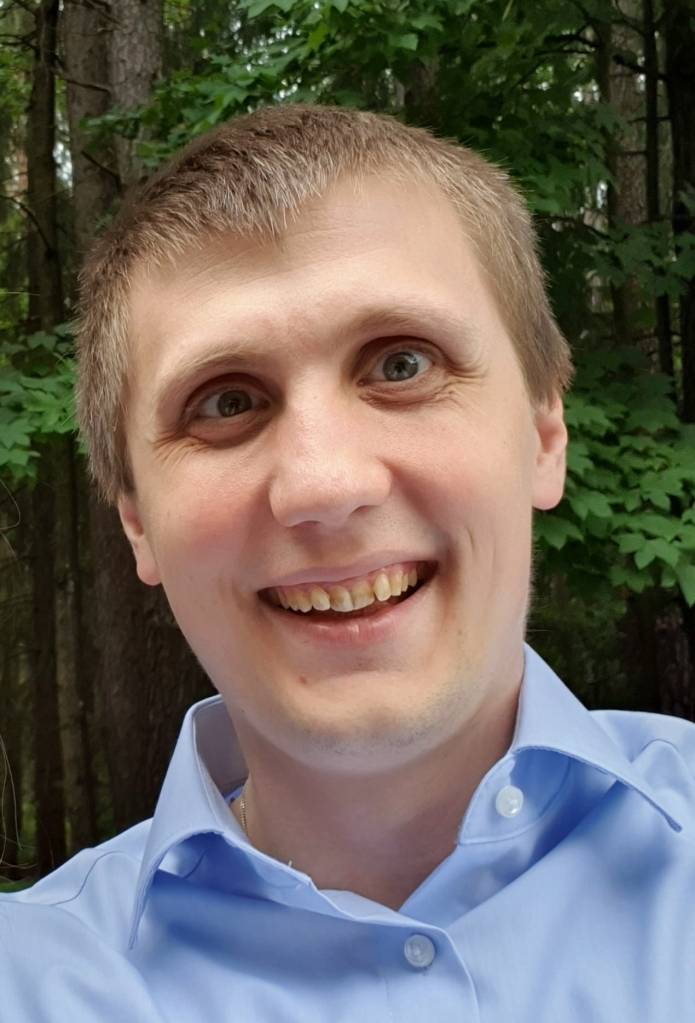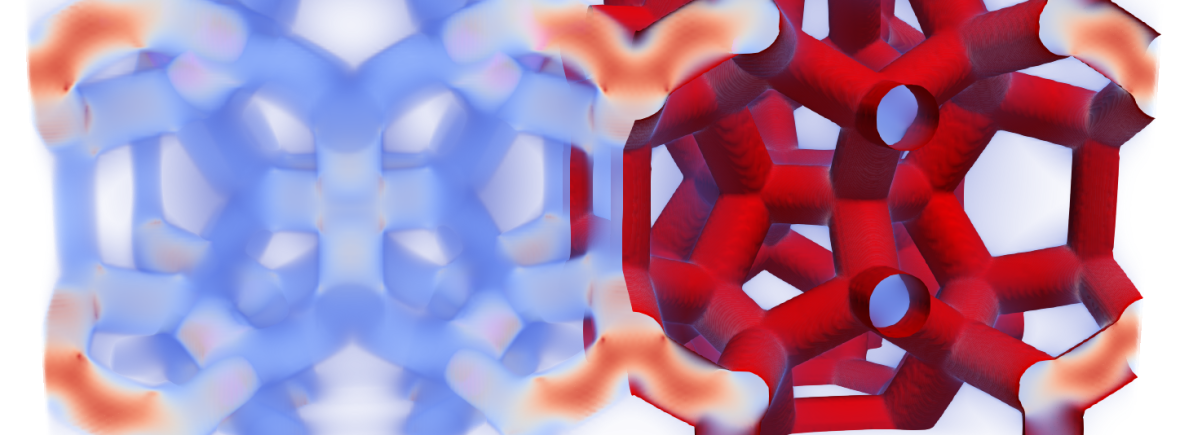Research Interests
My research is on novel spatial structures in physics and mathematics that bring forth surprising material properties and that can be used for innovative material design. Hyperuniformity is a prominent example. The suppression of large-scale density fluctuations allows, e.g., for unique optical properties.
I developed statistical and mathematical analysis tools to learn what geometry can tell us about physical properties. Recently, my colleagues and I devised the first significance test for hyperuniformity with sensitive results, even for a single sample.
For this interdisciplinary endeavor, I work together with mathematicians and theoretical as well as experimental physicists.

After my PhD in physics, I went to the Department of Mathematics at the Karlsruhe Institute of Technology (KIT). As a postdoctoral researcher, I worked for three years at the Institute of Stochastics with Günter Last, Daniel Hug, and Norbert Henze.
Combining my insights from statistical physics, stochastic geometry, and spatial statistics, I joined Paul Steinhardt and Salvatore Torquato at Princeton University for two years as a postdoctoral research fellow. In 2020, during the coronavirus pandemic, I returned to Germany to work with Karin Jacobs and Hartmut Löwen within the recently established priority program “Random Geometric Systems“, a mathematical program devoted to effects and phenomena that emerge from an interplay between randomness and geometry.
Since September 2023, I have been at the German Aerospace Center (DLR) to set up the Helmholtz Young Investigator Group “DataMat”.
Examples
Together with Paul Steinhardt and Salvatore Torquato from Princeton University, I showed that it is possible to construct foam-based heterostructures with complete photonic band gaps. A complete photonic band gap prevents the propagation of light (or electromagnetic radiation, more generally) for a range of frequencies and all directions. The main image at the top of the webpage shows an eigenmode of the electric field in such a “phoamtonic” heterostructure. We also discovered a surprising universal behavior in the gap sensitivity of crystal and disordered networks published in PRL.
Recently, we have addressed the question of whether photonic band gaps can persist as the system size increases, which is of fundamental interest and also desirable for many applications. We found that three structural properties are necessary so that the complete photonic band gap persists in the thermodynamic limit. Importantly, only special disordered systems that are highly stealthy hyperuniform possess these properties.
Disordered hyperuniformity is defined by an anomalous suppression of large-scale density fluctuations in a system which can be locally amorphous and isotropic like a liquid but at the same time macroscopically uniform like a crystal. Two recent examples of my work on hyperuniformity are how to cloak the underlying long-range order of randomly perturbed lattices and a characterization of local number fluctuations.

In amorphous tessellations with certain extreme geometrical properties, my coauthors and I discovered a universal hidden order. Applying an iterative local optimization of the so-called Quantizer energy, we show that a broad range of disordered point patterns converge to the apparently same effectively hyperuniform state.
Together with Günter Last from Karlsruhe and D. Yogeshwaran from Bangalore, I defined a stable matching of point processes. The resulting point pattern combines local properties of one of its ancestors with global properties of the other. For example, if we match the ideal gas with a lattice, results in a hyperuniform point process. We also proved that the resulting process is “number rigid”, that is, the number of points in an observation window is determined by the configuration of points outside.
In contrast to previous belief, I found an example of a “strongly rigid point process” which is hyperfluctuating (that is, the diametric opposite of hyperuniform). Günter Last and I published a rigorous proof.
Together with Hartmut Löwen and René Wittmann, I proved the uniqueness of density-potential mappings providing a rigorous foundation for dynamical density functional theory. Knowing rigorous conditions for uniqueness, we could also provide counterexamples.
My work on Minkowski functionals, as powerful tools for the quantification of complex shapes, ranges from fundamental insights in stochastic geometry to applications in physics and biology across length scales. I used them, for example, to detect faint signals in noisy grayscale images together with Klaus Mecke from Erlangen or to predict the adhesion forces of bacteria on nanorough surfaces together with Karin Jacobs from Saarland University. Our collaboration continues in a DFG-funded project “Morphometric Roughness of Nanostructured Surfaces” within the priority programme “Random geometric systems“.
Complete list of publications
- Google Scholar
- ORCID ID: 0000-0002-1029-5960
